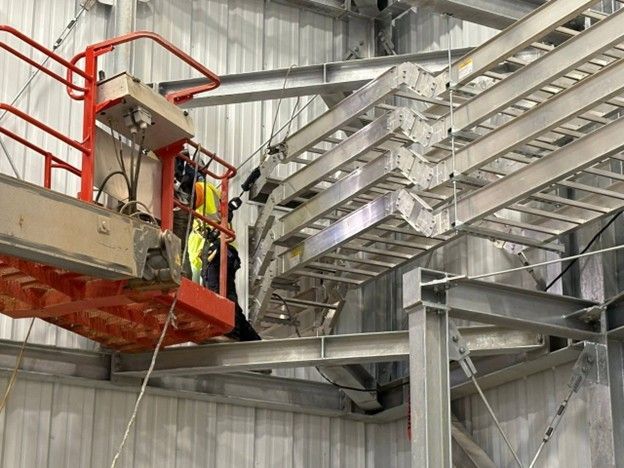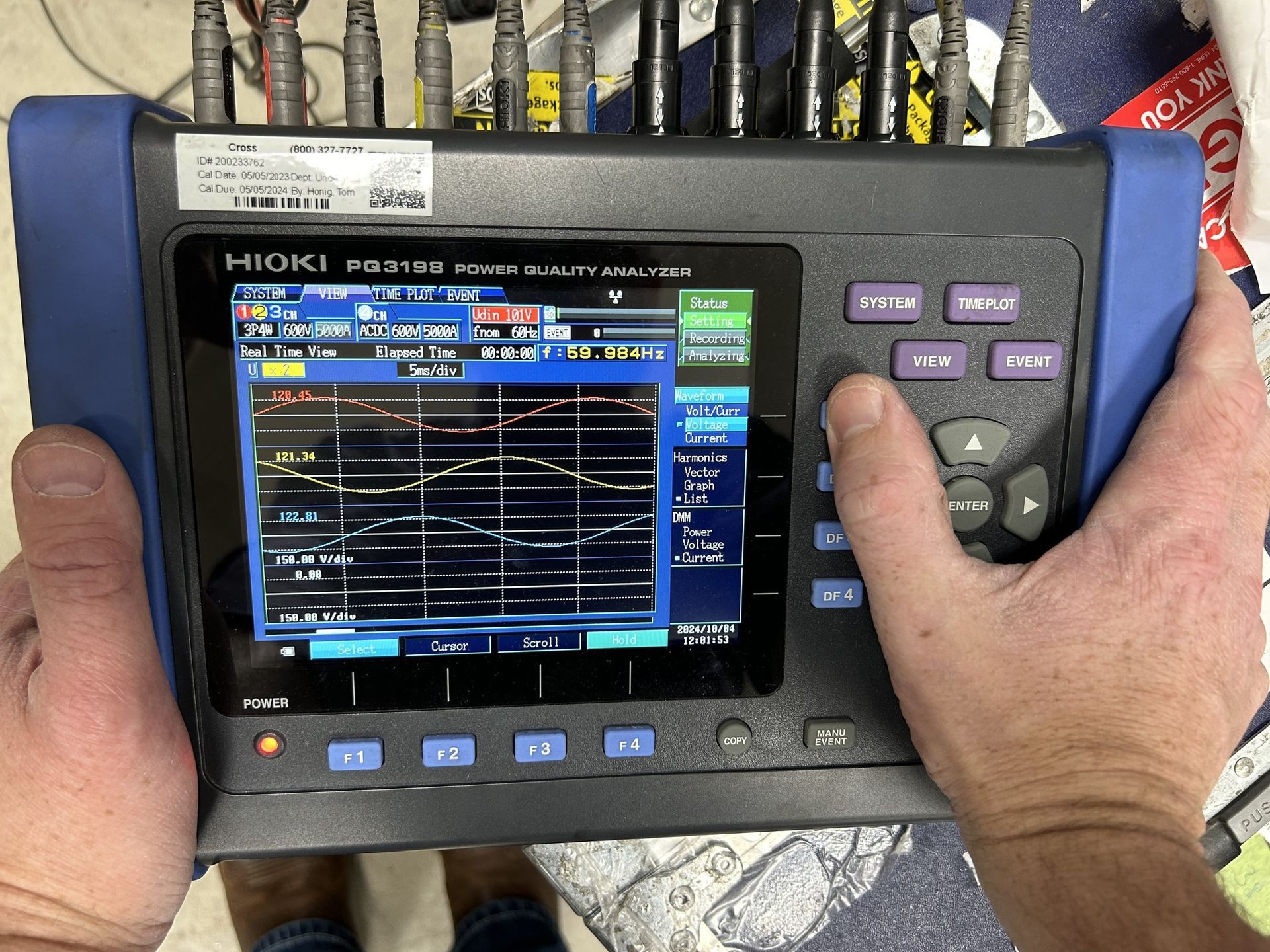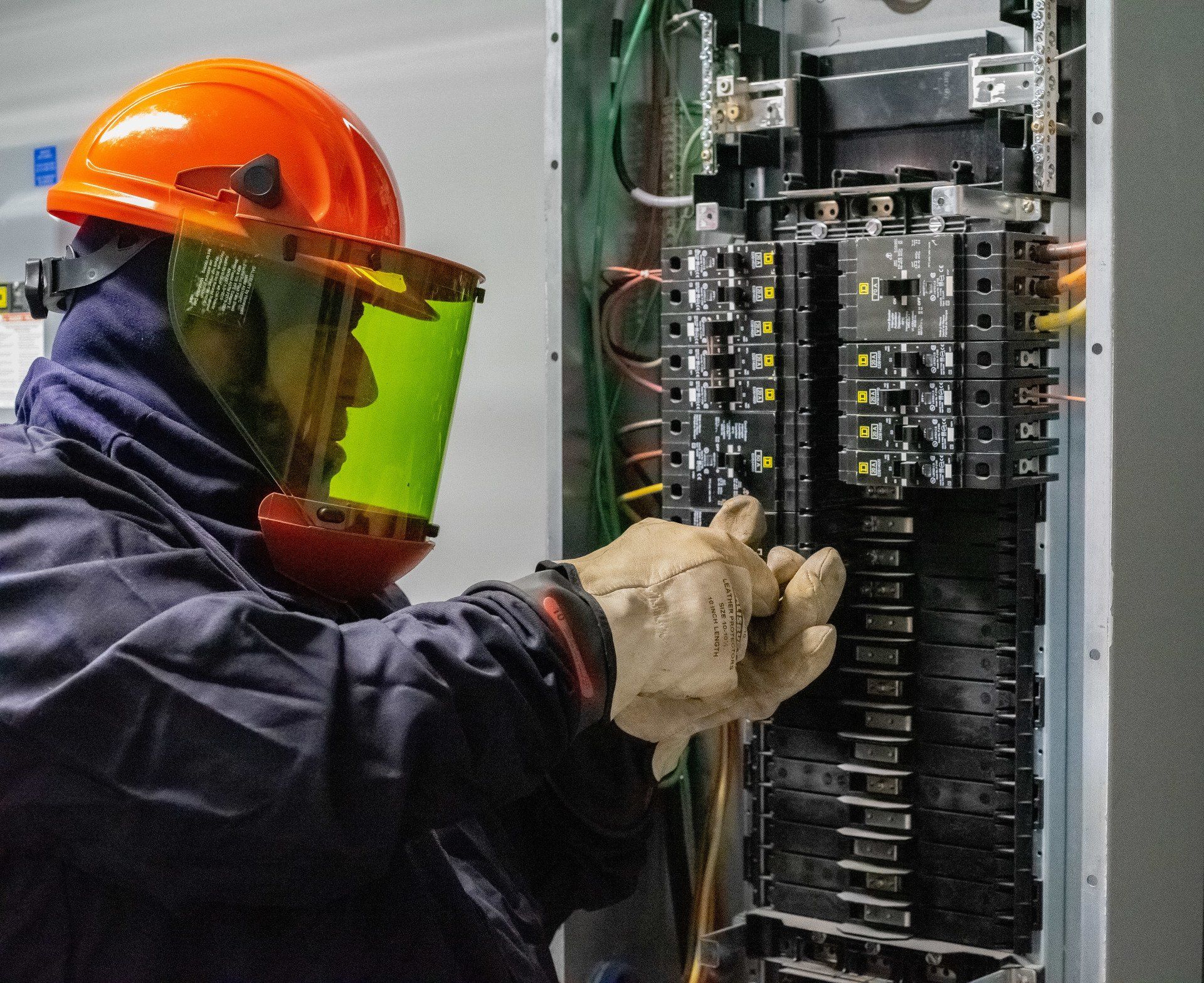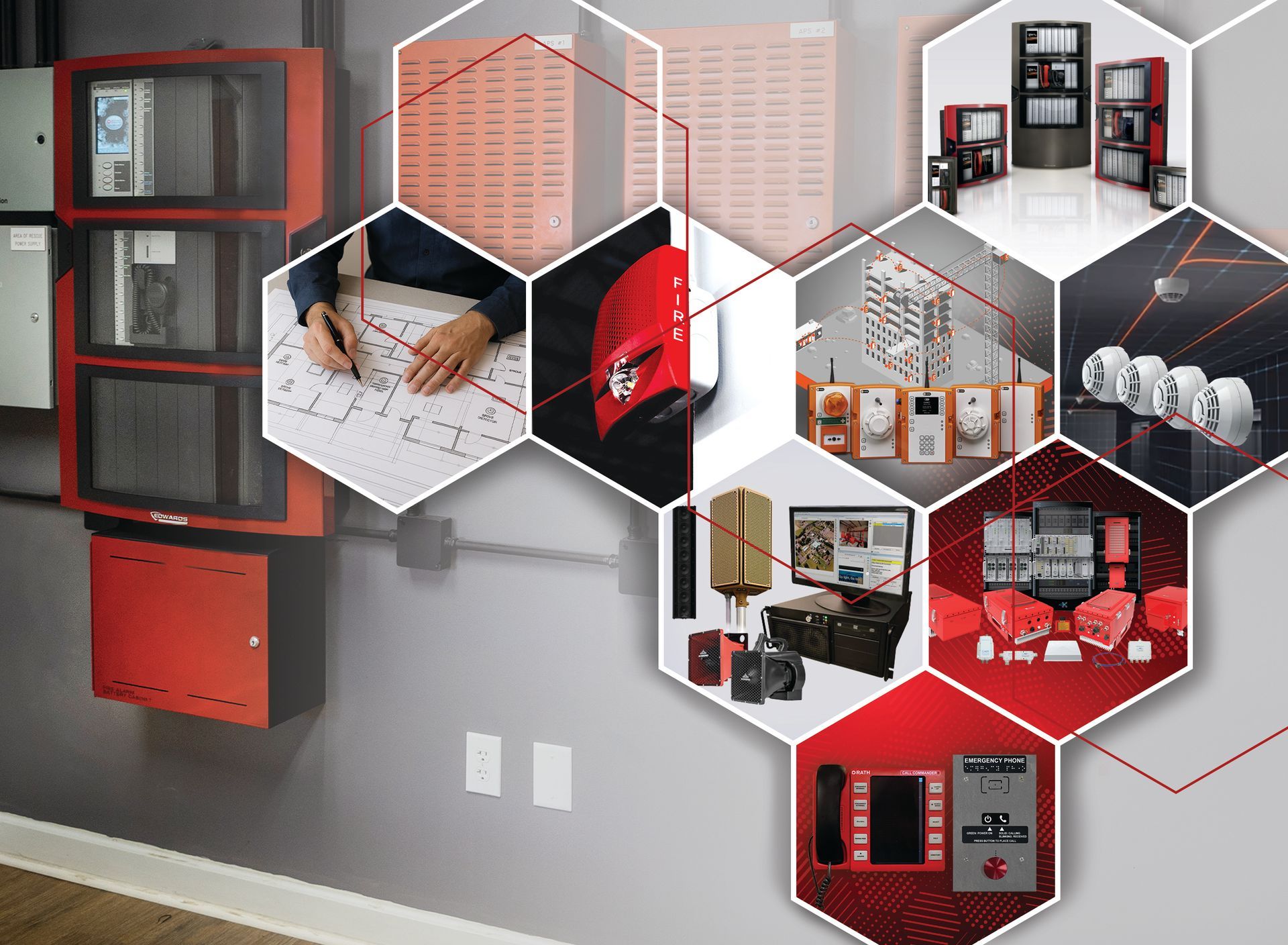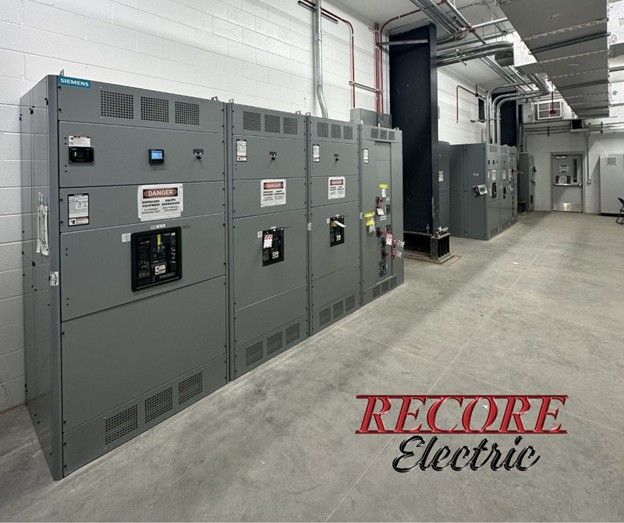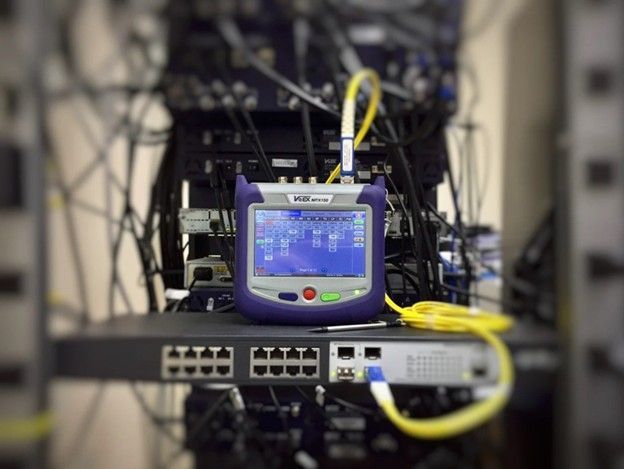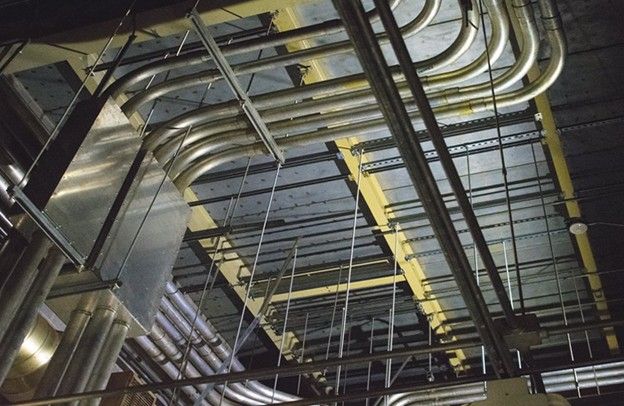Emergency Preparedness in Electrical Contracting: Response Plans
In the world of industrial electrical contracting, safety is the foundation of every project. Crews regularly work around high voltages, heavy machinery, elevated structures, and environments where a single misstep can result in serious injury or worse. While proper training, equipment, and planning reduce risks, unexpected emergencies can still occur. This is why emergency preparedness in electrical contracting is not optional but essential. A well-designed preparedness strategy ensures that workers know exactly how to respond in high-stress situations, protecting both lives and property.
This article explores the importance of emergency preparedness, the core elements of an effective plan, and how electrical contractors like Recore put safety first on every jobsite.
Why Emergency Preparedness Matters in Electrical Contracting
Electrical contracting projects often involve complex installations in industrial plants, manufacturing facilities, or large commercial operations. In these environments, even small oversights can escalate into serious emergencies.
Some of the most common hazards include:
- Electrical shocks or electrocution from contact with live wires or equipment.
- Arc flash incidents that create extreme heat and pressure waves.
- Fires and explosions resulting from electrical malfunctions or combustible materials nearby.
- Falls and mechanical injuries when crews work at height or alongside heavy equipment.
- System failures that disrupt power in critical facilities like hospitals or manufacturing plants.
When emergencies strike, the difference between a controlled response and chaos comes down to preparation. A clear, tested emergency plan not only safeguards workers but also minimizes downtime, liability, and long-term costs for clients.
According to the Occupational Safety and Health Administration (OSHA), employers are required to develop and implement emergency action plans to protect employees during workplace crises. For electrical contractors, this means aligning with regulatory standards while tailoring procedures to the unique risks of each project.
Core Elements of Emergency Preparedness in Electrical Contracting
A comprehensive plan for emergency preparedness in electrical contracting should include several key elements. Each of these components reinforces the idea that preparation is more than paperwork; it is about building habits, training, and accountability across the team.
1. Risk Assessment and Hazard Identification
The first step is identifying potential emergencies before they occur. Contractors must evaluate:
- Site-specific hazards, including high-voltage systems, confined spaces, and environmental risks.
- Project phases where risks increase, such as energization of systems or crane lifts.
- External risks like extreme weather, fire hazards, or nearby industrial processes.
This assessment informs which emergency protocols should be prioritized and how resources should be allocated.
2. Written Emergency Action Plan
A written plan is the foundation of preparedness. OSHA requires that the plan cover specific elements, including evacuation procedures, reporting methods, and assigned roles. For electrical contractors, this plan must be customized to address high-voltage work, lockout/tagout procedures, and coordination with other trades on the site.
Clear documentation ensures that every worker has access to the same information and expectations. Contractors should make plans available on-site, in both print and digital formats.
3. Worker Training and Drills
Even the most thorough plan is ineffective if workers are not trained to follow it. Contractors must:
- Provide initial training for all employees before beginning work.
- Conduct refresher training regularly, especially when site conditions change.
- Hold emergency drills that simulate real scenarios such as electrical shock response or fire evacuation.
Drills should be measured against clear performance goals to identify weaknesses and improve future responses.
4. Emergency Equipment and First Aid
On a jobsite, immediate access to emergency equipment can make the difference between life and death. Contractors should provide:
- First aid kits stocked to meet OSHA requirements.
- Automated external defibrillators (AEDs) in areas where high-voltage work occurs.
- Fire extinguishers and fire suppression systems near electrical panels.
- Personal protective equipment (PPE) specifically rated for arc flash and electrical hazards.
In addition, crews must know where this equipment is located and how to use it properly.
5. Communication Protocols
During an emergency, communication is critical. Contractors should establish:
- A chain of command for decision-making.
- Methods for alerting workers, such as alarms, radios, or mobile notifications.
- Procedures for contacting local emergency services and client representatives.
Having redundant systems ensures that if one method fails, crews can still relay critical information quickly.
6. Coordination with Clients and Other Trades
Industrial and commercial projects often involve multiple contractors working together. For this reason, electrical contractors must align their emergency procedures with the broader site safety plan. Coordination avoids confusion during an emergency and ensures that all trades evacuate and respond consistently.
7. Post-Incident Review
After any emergency, whether large or small, contractors should conduct a thorough review. This process examines what worked, what failed, and how to improve the plan moving forward. Regular reviews build a culture of continuous safety improvement.
Real-World Examples of Emergency Preparedness in Action
Consider a scenario where a worker comes into contact with a live wire despite proper lockout/tagout procedures. A team trained in CPR and AED use can immediately respond, providing lifesaving assistance while emergency services are on the way.
In another case, an arc flash incident may cause a localized fire. If workers are equipped with the proper fire extinguishers and have drilled evacuation procedures, they can quickly contain the situation and exit safely.
These examples illustrate how emergency preparedness in electrical contracting is not just theory but an actionable safeguard against unpredictable events.
Building a Culture of Safety Around Preparedness
True preparedness extends beyond checklists and drills; it must be ingrained into company culture. When every employee, from apprentices to project managers, understands their role in emergency response, preparedness becomes second nature.
Leaders play a key role by:
- Setting the tone with visible commitment to safety.
- Rewarding compliance and proactive hazard reporting.
- Holding teams accountable for following protocols.
When safety is embedded into daily operations, workers are more likely to act decisively during an emergency.
How Recore Prioritizes Emergency Preparedness
At Recore, safety is not an afterthought but a core value. Every project begins with a thorough hazard analysis, followed by a detailed emergency action plan tailored to the site. Crews receive ongoing training, and regular drills ensure that procedures are more than words on paper, they are lived practices.
By combining preparation, training, and culture, Recore delivers projects where workers feel confident, clients feel protected, and risks are controlled. This commitment to emergency preparedness in electrical contracting sets the standard for reliability and safety across the industry.
Conclusion
Emergencies in electrical contracting cannot always be prevented, but their impact can be controlled with preparation. A strong emergency plan protects lives, reduces risks, and supports uninterrupted operations for clients. From risk assessment to training and communication, every step builds resilience against the unexpected.
For Recore, emergency preparedness is more than compliance; it is a promise to workers and clients that safety comes first. By embracing preparedness, the electrical contracting industry can continue to grow while keeping its most valuable asset, its people, safe.


